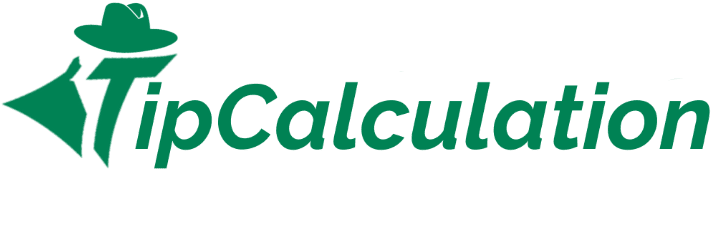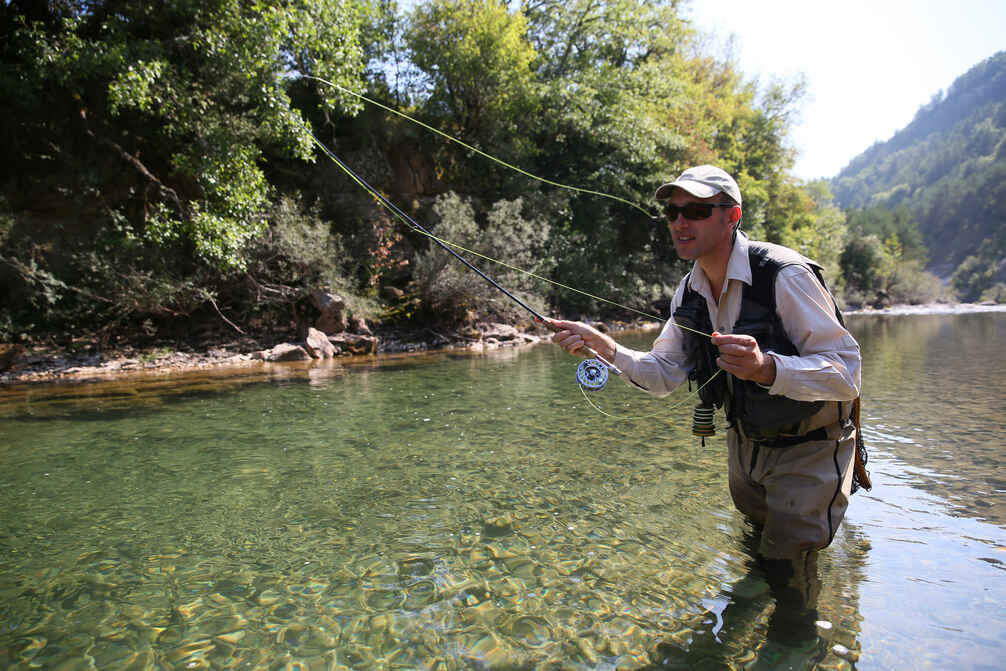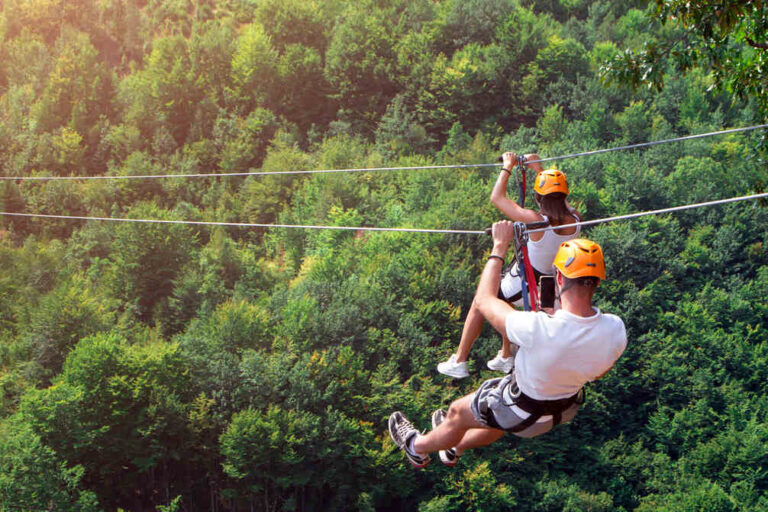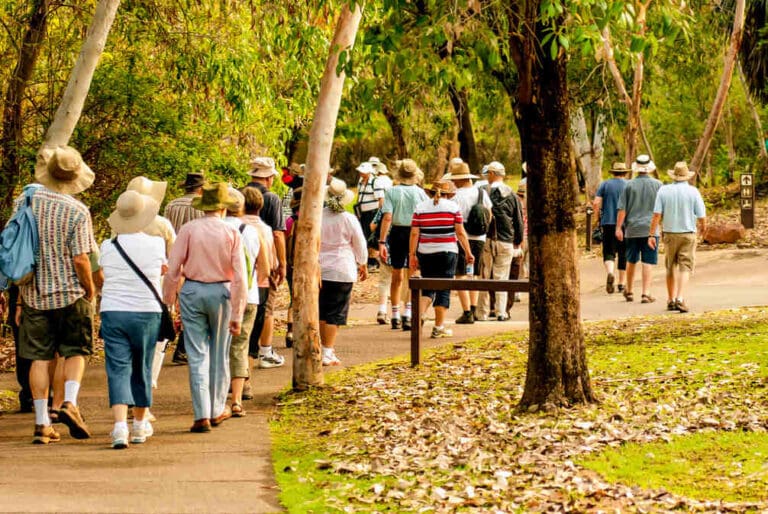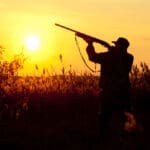Imagine you’ve just spent a day on the river with a fly fishing guide who’s not only enhanced your technique but also shared hidden spots teeming with fish. You’re aware that tipping is customary, but you’re unsure how much to show your appreciation. While it’s widely accepted that 20-25% of the trip cost is standard, several factors could influence this amount. From the quality of instruction to the effort in ensuring a memorable experience, deciding on the right tip requires careful consideration.
Calculator for Tipping a Fly Fishing Guide
The general rule to tip a Fly Fishing Guide is 20-25% of the total trip cost. However, a higher tip is recommended during the holidays or special occasions.
Key Takeaways
- Tipping 20-25% of the trip cost is customary for fly fishing guides.
- Tips of $100-$150 for full-day and $50-$100 for half-day trips are typical.
- Holiday tips should also fall within the 20-25% range to reflect seasonal generosity.
- Consider the guide’s effort, trip duration, and local norms when determining the tip amount.
Is Tipping a Fly Fishing Guide Expected?
Yes, tipping a fly fishing guide is indeed an expected and customary practice within the industry. When you’re out on the water, benefiting from the expertise and dedication of your guide, it’s important to remember that showing your appreciation through a tip isn’t just a nice gesture—it’s an integral part of the fly fishing culture. This isn’t merely about rewarding someone for a job well done; it’s about acknowledging the hard work and personal investment your guide puts into ensuring you have a memorable and successful experience.
Fly fishing guides often rely on tips as a significant portion of their income. This isn’t just pocket money; for many guides, tips make up a vital part of their earnings. By tipping, you’re directly contributing to their livelihood. It’s a way of saying ‘thank you’ that goes beyond words, reflecting the value of the service you’ve received.
Bear in mind, failing to tip can have more consequences than you might think. It not only impacts the guide’s financial well-being but could potentially affect the quality of service future anglers receive. In the world of fly fishing, tipping isn’t just expected; it’s a cornerstone of the customary practices that keep the industry thriving.
How Much to Tip a Fly Fishing Guide?
Deciding how much to tip your fly fishing guide can significantly impact their appreciation of your gesture, with the recommended amount typically falling between 20-25% of the total trip cost. This guideline ensures that you’re adequately recognizing their effort and expertise. For full-day trips that don’t include lodging, tipping amounts usually range from $100 to $150. If you’re out for just a half-day or less, then tips around $50 to $100 are considered appropriate.
While the 20-25% range is a solid starting point, it’s worth noting that tipping 8-12% of the total cost is also a common practice within the fly fishing community. This range can be adjusted based on the quality of service, the guide’s expertise, and your overall satisfaction with the experience.
How Much to Tip a Fly Fishing Guide During the Holidays?
During the holiday season, it’s customary to tip your fly fishing guide a bit more generously, usually between 20-25% of the total trip cost, to show your appreciation for their dedication and hard work. This elevated tipping range reflects not only your gratitude for their exceptional service throughout the year but also embraces the spirit of giving that defines the holiday season.
For a full-day adventure without lodging, consider a holiday tip ranging from $100 to $150. This amount generously acknowledges the time and expertise your guide has invested in ensuring a memorable experience.
For half-day trips, tipping between $50 to $100 is a common practice during the holidays. These amounts are guidelines to help you navigate the sometimes-tricky waters of holiday tipping for fly fishing guides.
Additional Factors to Consider
When deciding how much to tip your fly fishing guide, you’ll want to consider a few key points. Think about the guide’s experience level, how long your trip lasted, and your overall fishing success. Also, note any special efforts made by your guide and the local tipping norms to ensure you’re showing your appreciation appropriately.
Guide’s Experience Level
Considering a guide’s experience level is crucial as seasoned professionals often enhance your fly fishing adventure with their advanced skills and knowledge. A more experienced fly fishing guide not only brings a wealth of knowledge to your day on the water but also creates a more personalized experience. They’re equipped to offer insider tips and techniques that can significantly improve your catch rate, making their services incredibly valuable.
When deciding on how much to tip, it’s important to consider the guide’s years in the industry and their qualifications. Their deep understanding of local waters, fish behavior, and effective strategies are precisely why experienced guides may warrant a higher tip. In recognition of their valuable services, tipping generously reflects your appreciation for a memorable and successful fishing trip.
Trip Duration
After evaluating a guide’s experience, it’s equally important to factor in the length of your fly fishing trip as this significantly impacts the recommended tip amount. Longer full-day outings usually warrant higher tips, typically ranging from $100 to $150, reflecting the extended hours of service and expertise provided.
On the other hand, shorter half-day trips or quick excursions generally see tips around $50 to $100. Tipping 8-12% of the total trip cost is a common practice, regardless of the trip duration. However, the tip amount can be influenced by the level of service and the unique aspects of the trip.
Always consider the service level and the complexity of your day on the water when deciding on the appropriate tip percentage.
Fishing Success Rate
Your guide’s expertise can significantly impact your fly fishing trip’s success rate, as various factors such as weather and water conditions play crucial roles. Fishing success rates can vary widely, depending heavily on environmental conditions, fish activity levels, and the time of year.
Experienced guides understand how factors like weather, water temperature, and fishing pressure can influence the success of your trip. They may adjust techniques and locations to improve your chances of a successful experience. Guides with a deep knowledge of local fish behavior, feeding patterns, and habitat preferences can offer invaluable insights.
Their ability to read environmental conditions and predict fish behavior can enhance your fishing trip’s success rates, making your experience both enjoyable and fruitful.
Special Efforts Made
When determining how much to tip your fly fishing guide, it’s essential to consider the special efforts they put into making your trip successful and memorable. Guides in the service industry often go beyond the call of duty, spending extra time tying flies, repairing gear, and prepping equipment.
Their dedication to offering personalized experiences, such as building relationships, teaching new techniques, or sharing local knowledge, exemplifies exceptional service. These extra services and the guide’s commitment to ensuring a memorable experience should influence your tipping decision.
Local Tipping Norms
Considering the effort and personalized service your guide provides, it’s also crucial to understand local tipping norms which can vary significantly.
In some areas, the customary tip might be influenced by the trip’s cost and deeply rooted local customs. The guide’s level of expertise, the inclusion of additional services, and the length of your outing play pivotal roles in shaping the right amount.
By delving into the local tipping culture, you’re acknowledging the guide’s extra miles beyond basic service provision. It’s imperative to align with regional expectations, recognizing your guide’s commitment to crafting a memorable experience.
Factoring in the overall experience, including the personalized touch and exceptional efforts, allows you to gauge a tip that genuinely reflects your appreciation.
Frequently Asked Questions
How Much Should You Tip on a Fishing Charter?
You should tip between 15-25% of the total charter cost. For full-day trips, aim for $100-150, and for half-days, $50-100. Always tip in cash, especially in remote spots, to show your appreciation.
Do You Tip a Fishing Guide if You Don’t Catch Fish?
Yes, you should tip your fishing guide even if you don’t catch fish. It’s about appreciating their effort and expertise, not just the results. Consider their hard work and dedication throughout your trip.
How Much Do You Tip a Montana Fishing Guide?
Navigating the rivers of Montana, you’d typically tip your fishing guide $100 to $150 for a full day, or $50 to $100 for a half-day. Consider 15-25% of the trip cost for a good measure.
How Much Do You Tip a Fishing Guide in Alaska?
When you’re fishing in Alaska, you’ll typically tip your guide 10-20% of the trip’s cost. Aim for around $100-$200 for a full-day outing. Cash tips are preferred, directly rewarding your guide’s hard work.
